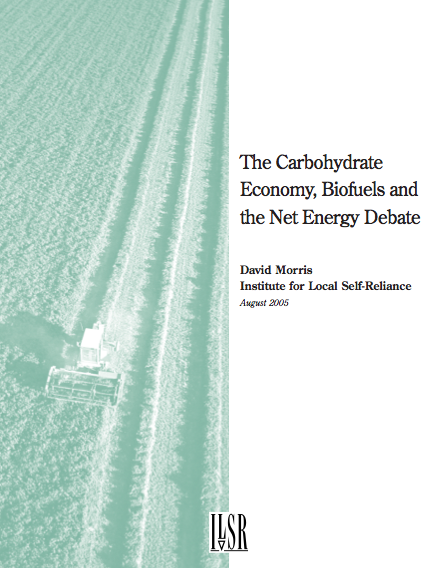Legislation in Texas has doubled the state’s commitment to renewable energy development and a report on California’s efforts indicates progress on meet its 20 percent renewable portfolio standard (RPS) years earlier than required.
Texas
In July 2005, the Texas Legislature boosted the renewable portfolio standard so that it will double the goal for the amount of wind power, solar power and other forms of renewable energy in the state’s energy mix [see Senate Bill 20]. The new goal calls for the state to obtain 5,880 MW, or about five percent of the state’s electricity, from renewable energy by 2015. Of the total, 500 MW must come from renewable energy sources such as solar and biomass. The law sets a long-range target for the state to get 10 percent of its electricity from renewable energy by 2025. The legislation also streamlines the ability of the Public Utility Commission to order construction of new transmission lines to meet the state’s renewable goal.
More
- Full Text of SB20 – July 2005
- New Rules Project’s section on Renewable Portfolio Standards rules – July 2005
California
A June 2005 report for the Energy Commission indicates that the state’s Energy Action Plan and the California Energy Commission’s Integrated Energy Policy Report have expressed a state goal of accelerating the implementation of the RPS such that the 20-percent goal is met seven years early – by 2010. The Governor has endorsed this accelerated schedule and has set a goal of achieving a 33-percent renewable energy share by 2020 for the state as a whole.Regulatory rules implementing major portions of the statute have been completed by the California Public Utilities Commission (CPUC) and the California Energy Commission. The state’s three major investor-owned utilities (IOUs), through interim renewable energy solicitations issued in 2002 and through bilateral contracts signed since that time, have increased their purchases of renewable energy.
- San Diego Gas & Electric (SDG&E) had the farthest to go to meet the state’s
RPS, with just one percent of its electricity supply coming from eligible
renewable sources in 2002. Since that time, SDG&E has signed renewable
energy contracts totaling approximately 275 MW of capacity, and 4.5 percent
of the utility’s retail sales in 2004 were from renewable energy sources. - Southern California Edison (SCE) was heavily invested in renewable energy
even before the establishment of the state’s RPS. SCE has increased its renewable energy purchases from 17 percent in 2002 to 18.2
percent in 2004. In March 2005, SCE filed with the CPUC six new renewable
contracts, totaling 142 to 428 megawatts (MW) of capacity and representing
0.9 to 2.9 percent of SCE’s retail sales. - Pacific Gas and Electric (PG&E) has increased its renewable energy
purchases from 10.4 percent in 2002 to 12.4 percent in 2003, dropping to 11.7 percent in 2004 in part due to a poor hydro year.More
- Preliminary Stakeholder Evaluation of the California Renewable Portfolio Standard – prepared for the California Energy Commission, June 2005.
- New Rules Project’s section on Renewable Portfolio Standards rules – July2005







